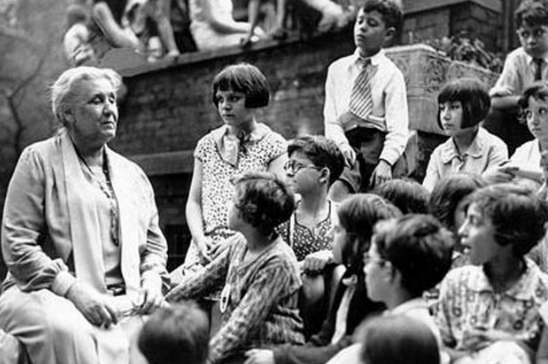Hull House is a historical landmark located in Chicago that was established in 1889 by Jane Addams and Ellen Gates Starr. However, what many people don’t know is that there was also a Hull House in Detroit. This article will delve into the history of the Hull House in Detroit and its significance to the city’s history.
In 1895, six years after the establishment of Hull House in Chicago, two Detroit women, Mary Kenney and Louise Paget, visited the Chicago settlement house. Inspired by what they saw, they returned to Detroit with the goal of establishing a similar organization to address the social problems they witnessed in their city.
In 1899, they achieved their goal with the opening of the Hull House in Detroit. It was located in the city’s near west side, a predominantly working-class neighborhood that was home to many recent immigrants. The Hull House provided services such as education, health care, and recreational activities to the community.
One of the Hull House’s most notable programs was its art school, which offered free classes to children and adults. The art school was renowned for its quality and produced many notable artists, including muralist Diego Rivera. Rivera studied at the Hull House in Detroit for a brief period before moving on to study in Europe.
The Hull House in Detroit also had a significant impact on the city’s African American community. At a time when segregation was still prevalent, the Hull House welcomed people of all races and backgrounds. The organization offered educational and vocational training programs for African Americans, including sewing and cooking classes.
The Hull House in Detroit was a thriving community center for over four decades, but by the 1940s, the neighborhood had changed. Many of the residents who had initially benefited from the Hull House’s programs had moved away, and the organization struggled to maintain its relevance. In 1950, the Hull House in Detroit closed its doors.
Although the Hull House in Detroit is no longer in operation, its legacy lives on. The organization played a significant role in the city’s history, providing much-needed services and support to a community that was often overlooked. Its impact can still be felt today in the work of organizations that continue to serve Detroit’s most vulnerable populations.
In conclusion, the Hull House in Detroit was a vital institution in the city’s history. It provided essential services and support to a community that was often neglected, and its legacy can still be seen today. The organization’s commitment to social justice and equality continues to inspire those who work to make Detroit a better place.


